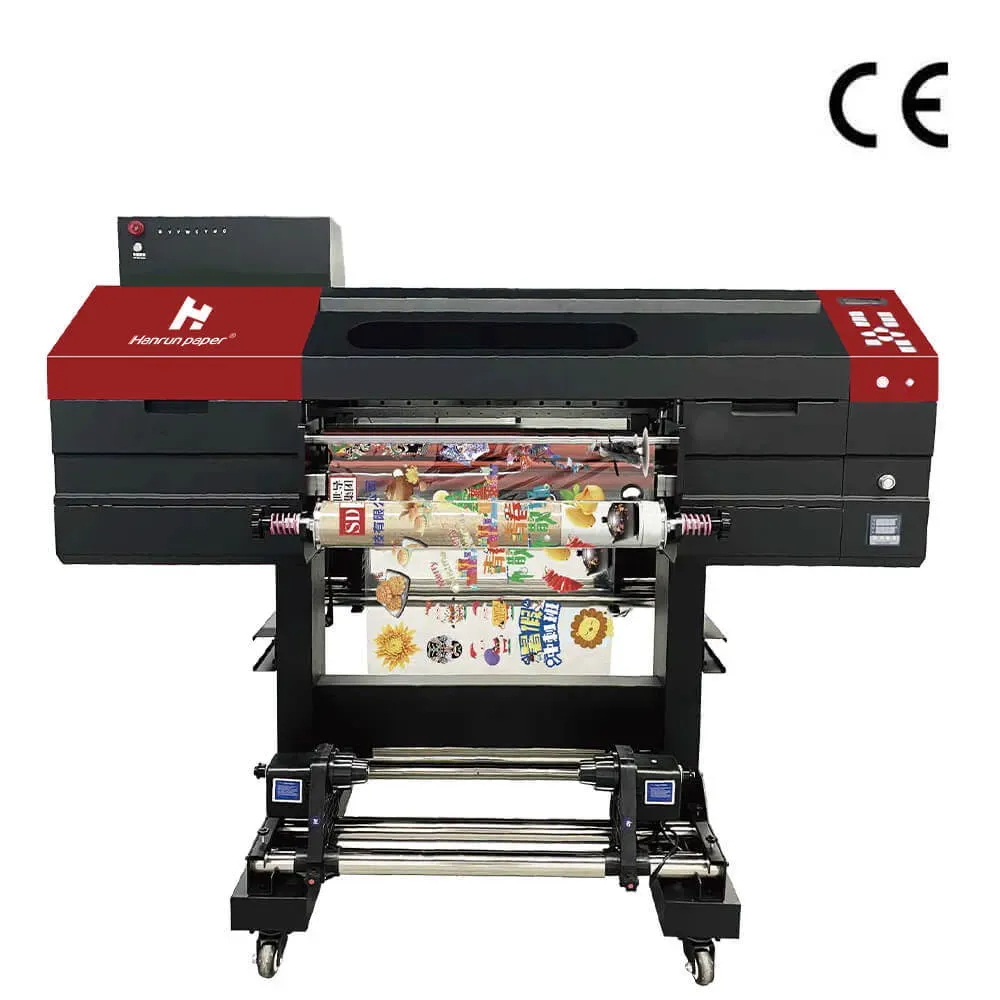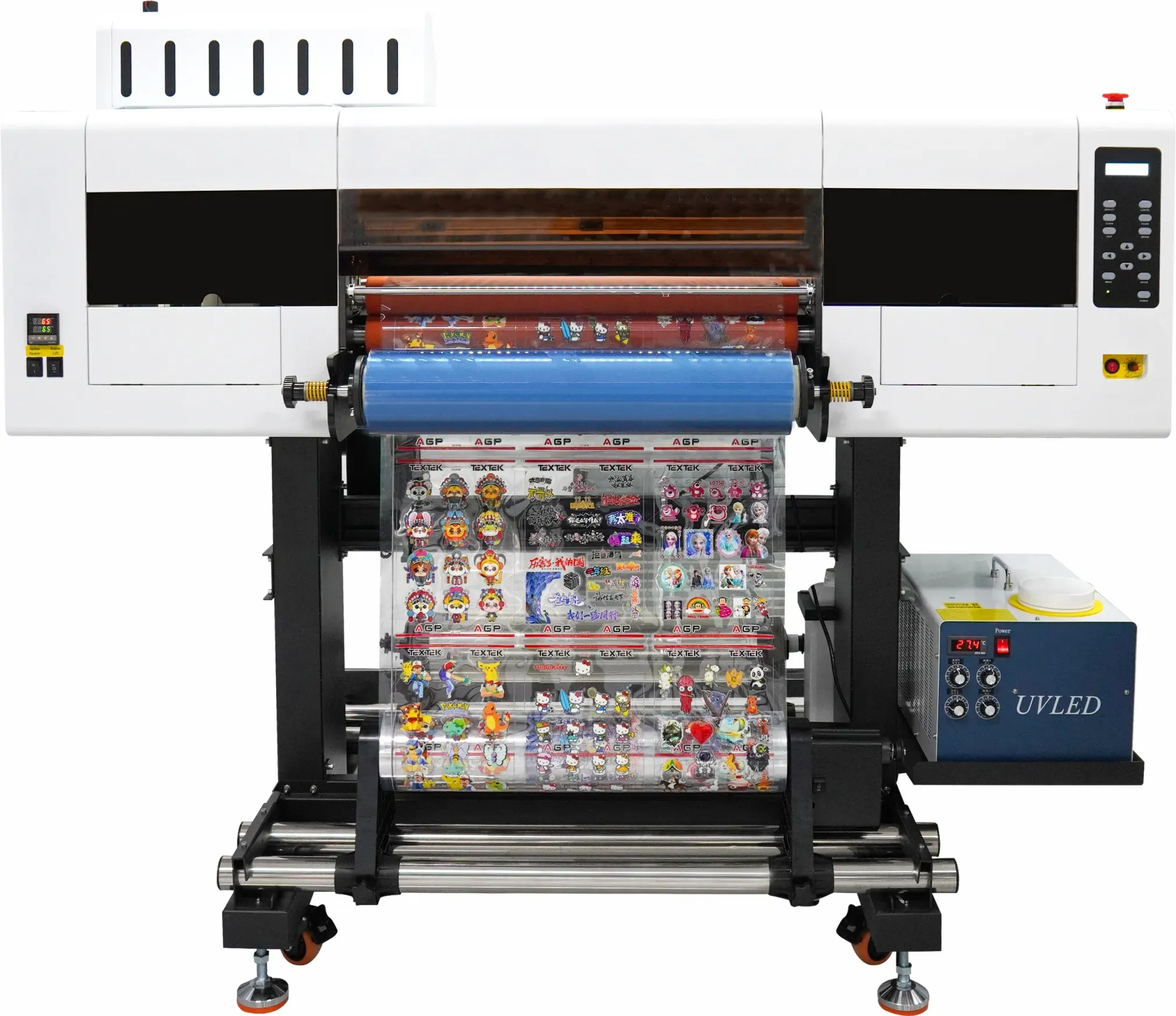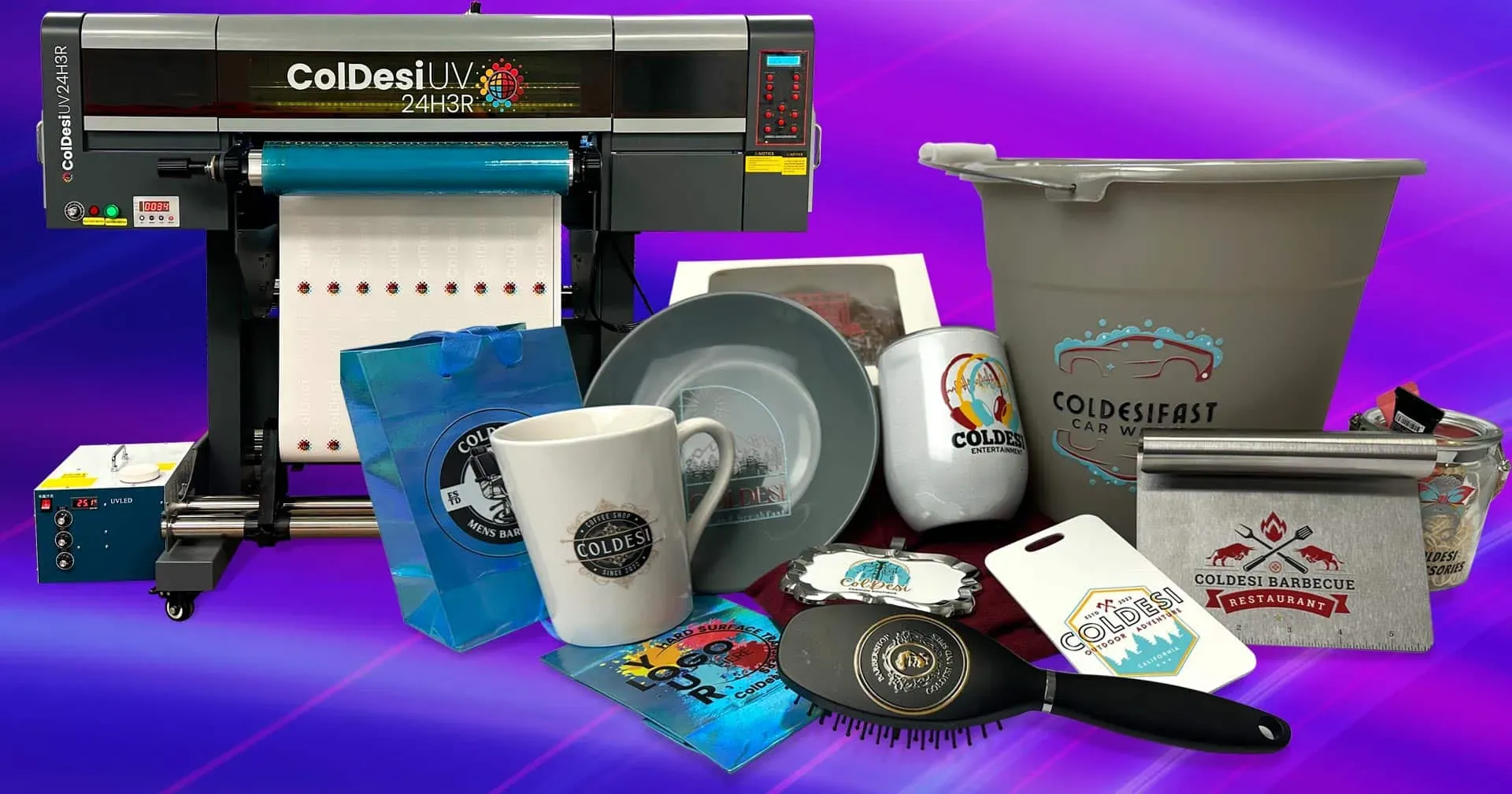UV DTF Printing: Tips for Stunning Results You Need to Know
UV DTF printing is revolutionizing the way we approach the world of modern printing, providing an exciting solution for achieving vibrant and durable results. With this advanced technique, users can transfer high-resolution images onto various surfaces with ease, making it ideal for promotional products and personalized items. To maximize the quality of your prints, understanding UV DTF printing techniques is crucial, as they play a significant role in ensuring stunning outcomes. In this article, we will explore essential UV DTF printing tips that will help you select the right materials, optimize printer settings, and implement effective post-printing treatments. Embrace the potential of this innovative printing method to elevate your projects and meet the growing demand for high-quality UV printing.
Direct to Film (DTF) printing technology is becoming increasingly popular for its ability to produce extraordinary prints with vibrant colors and remarkable durability. This innovative process uses UV-curable inks that can be transferred onto various substrates, offering versatility across numerous applications. By mastering the art of DTF printing, you can engage in high-quality printing that not only meets but exceeds customer expectations. Understanding the right materials, printing techniques, and curing processes involved in DTF can lead to truly stunning results. As more print providers adopt these advanced methods, the demand for expertise in UV DTF printing is set to rise.
Understanding UV DTF Printing: The Basics
UV DTF printing stands for Ultraviolet Direct to Film printing, a technology that merges creativity with durability to achieve high-quality prints. The process involves printing designs on a special film using UV inks and then curing (or hardening) the inks using ultraviolet light. This method is particularly celebrated for its vibrant colors and resilience, making it a popular choice for businesses seeking to create promotional materials and custom designs that stand out. The versatility of UV DTF printing allows it to be applied to various substrates, including textiles, plastics, and metals, making it an invaluable tool in the printing industry.
When engaging with UV DTF printing, it helps to grasp the intricacies involved in the process. Proper knowledge about how the inks interact with different films and substrates can influence the final quality of the prints. By ensuring that you are familiar with the baseline techniques of DTF printing, you’re better positioned to experiment and explore the vast capabilities offered by this advanced printing technology.
Essential UV DTF Printing Tips for Stunning Outputs
To truly harness the power of UV DTF printing, one must start with foundational practices that enhance the output quality. Employing high-quality UV DTF printing materials is crucial, as the inks and films dictate the vibrancy and durability of the print. Choosing specific brands known for their reliability can make a noticeable difference in the finished product. Additionally, investing time in researching the best films compatible with UV inks can further elevate the print’s durability and color fidelity.
It’s equally important to understand and optimize the machine settings prior to production. Adjusting DPI settings, ink flow rates, and curing times can significantly influence the quality of UV prints. Testing various configurations on sample prints can help identify the optimal settings that produce stunning, clean results without wasting resources.
Techniques to Enhance Your UV DTF Prints
Implementing effective UV DTF printing techniques will undoubtedly lead to improved print quality. One particularly effective strategy is the pre-treatment of substrates. By pre-treating the material, you enhance the adhesion of inks, which is particularly crucial when printing on non-porous materials. This step ensures that even under heavy wear and tear, the prints maintain their quality and vibrancy.
Additionally, mastering the curing process is vital for achieving those sought-after glossy finishes. Understanding the specifics of your curing setup—such as distance from the UV lamp and the necessary exposure time—can prevent issues like smudging or insufficient curing that would compromise the print’s integrity. Adjusting these parameters according to substrate type can produce consistently impressive results.
The Importance of Quality Control in UV DTF Printing
Quality control in UV DTF printing cannot be overstated. Regular maintenance of your printing equipment not only extends its longevity but also ensures that print quality remains high and consistent. Keeping your print heads, maintenance stations, and other components clean helps to prevent clogs and defects in the final product. Scheduled maintenance checks can facilitate ongoing improvements in print production, allowing for enhanced outcomes over time.
Moreover, conducting routine quality assurance checks after printing is also vital. By assessing color accuracy, print resolution, and overall finish before shipment, you can prevent potential client dissatisfaction. Establishing a quality control protocol ensures that all outputs not only meet your standards but also reflect the quality that customers expect from professional-grade UV DTF prints.
Eco-Friendly Practices in UV DTF Printing
As consumer awareness of sustainability grows, incorporating eco-friendly practices into UV DTF printing becomes essential. Utilizing environmentally conscious UV DTF printing materials, such as inks made from bio-resins, can significantly reduce the ecological footprint of your printing operations. These inks not only perform well but also appeal to an increasingly eco-conscious customer base.
Moreover, implementing waste-reduction strategies can make your UV DTF printing processes more sustainable. This might include recycling film remnants and ensuring proper disposal of any non-recyclable materials. By adopting these green practices, you not only contribute to the environment but also attract more customers who prioritize sustainability, enhancing your business’s reputation in the marketplace.
Emerging Trends and Innovations in UV DTF Printing
Keeping abreast of emerging trends and innovations in UV DTF printing is crucial for staying competitive in the industry. Recent advancements in ink technology, such as improved adhesion properties and wider color gamuts, are redefining the standards for quality prints. These innovations enable printers to achieve more vibrant prints while maintaining fast production speeds, making them ideal for high-demand applications.
Additionally, technology integration, such as automated printing systems and sophisticated color management software, is becoming prevalent in the UV DTF printing landscape. These tools can streamline the printing process, allowing for more consistent results and reducing human error. Adopting such advancements not only elevates the printing quality but also enhances the overall operational efficiency of your printing business.
Frequently Asked Questions
What are the essential UV DTF printing tips for beginners?
For beginners in UV DTF printing, starting with high-quality materials is crucial. Choose premium films and UV inks designed specifically for this technique to ensure vibrant and durable prints. Optimize your printer settings, pre-treat your substrates for better ink adhesion, and maintain a controlled printing environment. Regular maintenance of your printer will also help achieve consistent, high-quality results.
How can I achieve stunning UV prints using UV DTF printing techniques?
To achieve stunning UV prints, focus on key UV DTF printing techniques such as optimizing printer settings for the specific film and ink you are using. Precise curing is vital, so ensure your UV curing process aligns with your printing speed. Additionally, using high-quality UV inks that provide strong adhesion can significantly enhance the vibrancy of your prints.
What UV DTF printing materials are recommended for high-quality results?
When aiming for high-quality results in UV DTF printing, it’s essential to use top-grade films and UV-curable inks. Films should be specifically designed for UV DTF applications to enhance durability, while inks should offer excellent color saturation and compatibility with your printer. Regularly checking for the latest advancements in UV DTF printing materials can also lead to superior outputs.
How important is the curing process in UV DTF printing?
The curing process in UV DTF printing is critical as it ensures the durability and glossy finish of your prints. Proper UV curing activates the inks, preventing issues like smudging or fading. Make sure to understand the curing requirements specific to your setup, as optimizing this process can greatly enhance the quality and longevity of your prints.
What environmental factors should I control for UV DTF printing?
Controlling environmental factors is vital for successful UV DTF printing. Consistent temperature and humidity levels help prevent ink drying issues and improve adhesion. Create a stable environment to ensure that your prints come out with the highest quality possible, avoiding problems related to fluctuating conditions.
What post-printing treatments can enhance UV DTF print longevity?
Post-printing treatments such as applying protective coatings or laminates can significantly enhance UV DTF print longevity. These treatments increase resistance to scratches and fading, improving the overall durability of your prints. They also add a professional finish, making your products more appealing to customers.
| Key Point | Description |
|---|---|
| What is UV DTF Printing? | A method that uses UV-curable inks on film transferred to substrates, allowing high-resolution prints on various materials. |
| 1. Quality Materials | Start with high-quality films and inks tailored for UV DTF printing, enhancing durability and vibrancy. |
| 2. Optimize Printer Settings | Fine-tune printer settings based on film types and ink viscosity to improve resolution, color accuracy, and adherence. |
| 3. Pre-treat Substrates | Enhances ink adhesion and overall print quality, especially on difficult materials. |
| 4. Curing Techniques | Proper curing ensures durability and glossy finish, preventing issues like smudging or fading. |
| 5. Choose the Right Ink | Using high-quality UV inks compatible with your printer/design boosts color saturation and print longevity. |
| 6. Control your Environment | Maintaining consistent temperature and humidity levels enhances print quality and prevents issues. |
| 7. Regular Maintenance | Routine cleaning of printer parts prevents clogging, ensuring consistent print output and prolonging equipment life. |
| 8. Post-Printing Treatments | Applying protective coatings enhances print longevity and overall appeal. |
Summary
UV DTF printing has emerged as a revolutionary method in the printing industry, renowned for its ability to produce vibrant and durable prints. By focusing on integral practices such as selecting high-quality materials, optimizing printer settings, and implementing effective post-print treatments, professionals can achieve exceptional print quality. Moreover, keeping informed about the latest advancements in UV DTF technology will further enhance a printer’s ability to deliver impressive results. Ultimately, by adopting these best practices, your UV DTF printing projects can not only meet but exceed customer expectations, solidifying your brand’s reputation in the competitive market.







